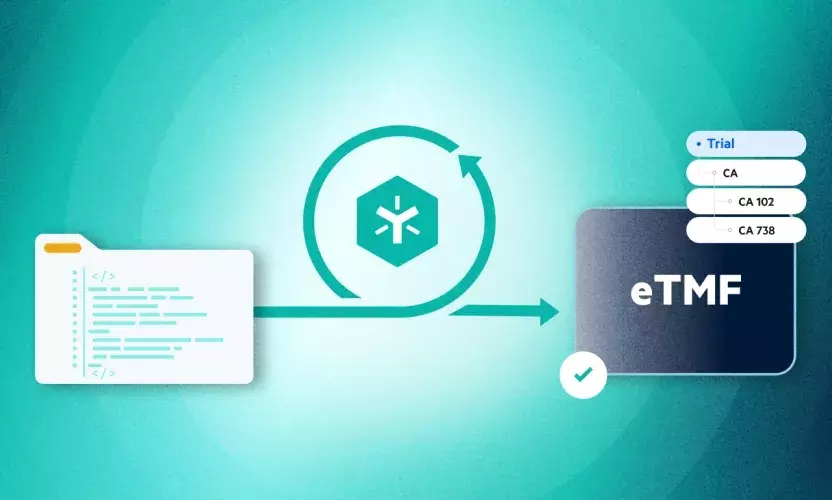
3 Ways to Survive the Shifts in Life Sciences
The life sciences industry is responsible for the discovery, development, and commercialization of new medicines to treat disease. Over the past 20 years, the discipline has undergone massive changes. These changes are numerous, however, we believe, are rooted in three specific transitions: i) the transition from on-premise to cloud computing, ii) new modalities, like gene editing and cell therapies, that are disrupting conventional small molecule medicines, and iii) a new operating model which relies heavily on collaboration and external data.
This new mode of drug development has created new challenges for those pursuing cures for disease. These numerous challenges range from managing the diversity of data in science to ensuring proper security given the number of external parties involved. Further, as in any industry, when a tectonic shift occurs, new software and partners emerge to meet the needs of the new world order. The life sciences industry is no different.
In this light, three key ways that business can serve the dynamic needs of modern drug development are:
- Seamless, data-centric collaboration
- World-class security for today and tomorrow’s threats
- Handling diverse data with an integrated ecosystem
Let’s dig into each.
Seamless, data-centric collaboration
As the operating model of drug development evolves, the industry is shifting from a vertically-integrated organization to a highly-distributed network of partners to advance a specific drug program (see Figure 1). This change enables organizations to be agile and more resourceful with limited funds. In this mode, however, data is produced, exchanged, and analyzed by an increasingly diverse pool of partners. These parties include contract research organizations (CROs), contract manufacturing organizations (CMOs), academic institutions, and other biotech firms, among others. Collaborating around relevant data sets is necessary.
The rapidly evolving nature of drug development


World-class security for today and tomorrow’s threats
The flip side of a hyper-connected, digital business is that key intellectual property falls into the wrong hands. Further, as more data transits around the world, stored in unknown repositories, and malicious actors become more sophisticated, the risks to mission-critical data increases exponentially. To address this issue, companies large and small need to take proactive approaches to protecting their crown jewels.
Managing diverse data with an integrated ecosystem
As science evolves, all companies have started to implement a data strategy that involves the cataloging and curation of knowledge produced by the company. A critical part of a company’s data strategy is ensuring that data is accessible and continuous throughout various systems. This is a non-trivial ask in the life sciences industry.
Egnyte is constantly in awe of the work that our life science customers do. Our team is proud to support their efforts by providing a Secure Content Platform that enables seamless collaboration, world-class security, and a vibrant application ecosystem.
Learn more about what Egnyte is doing for its life sciences customers.






